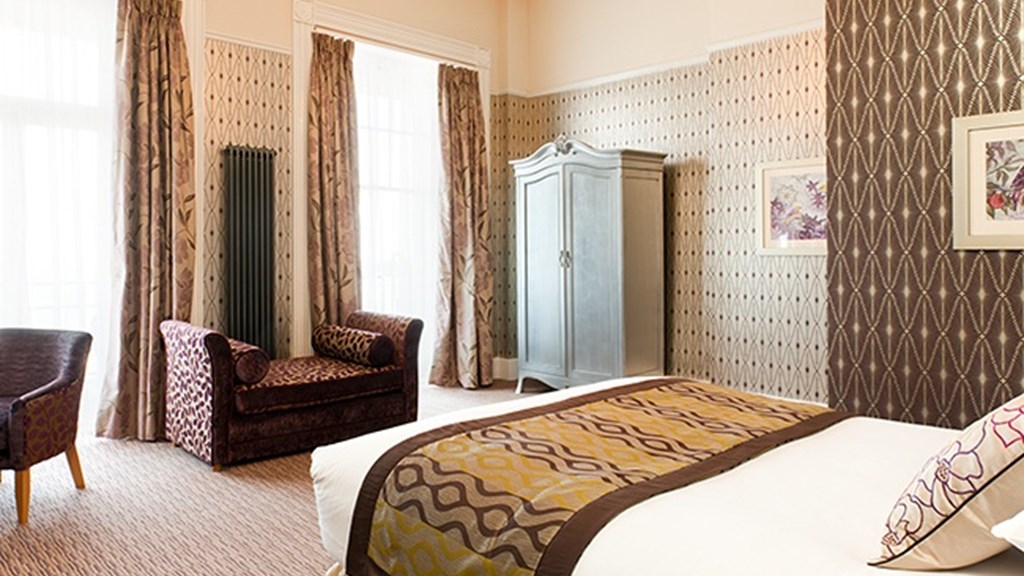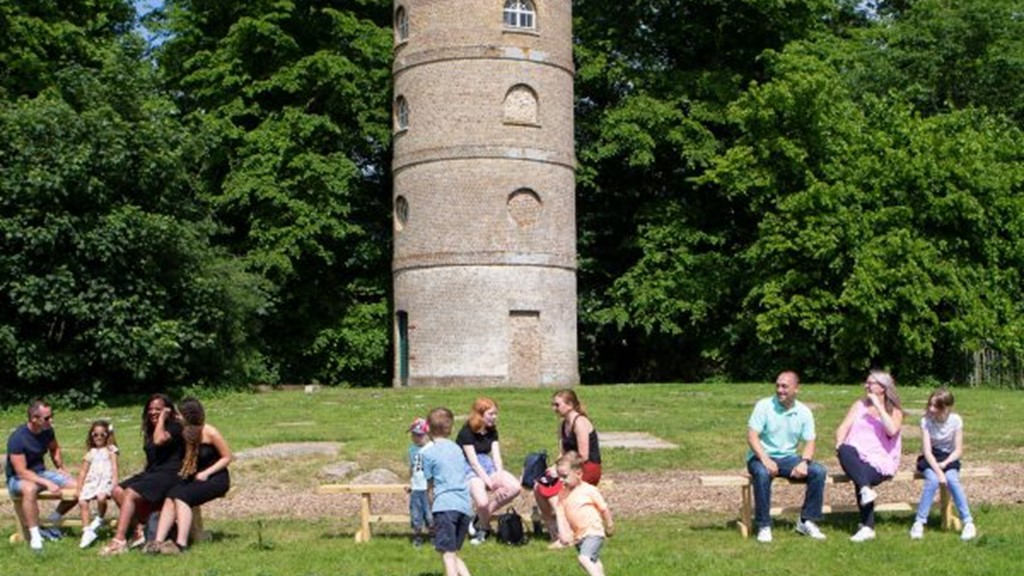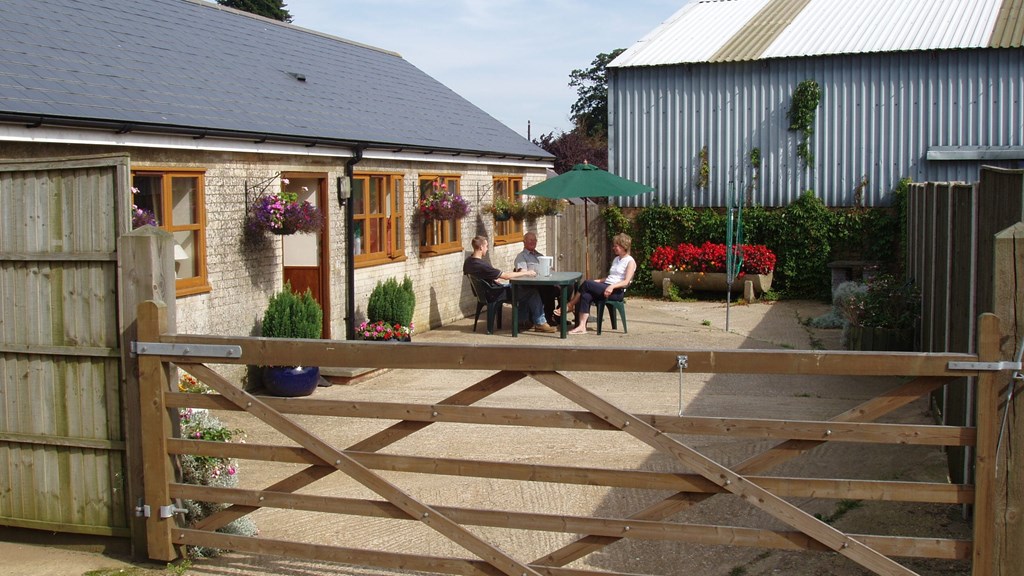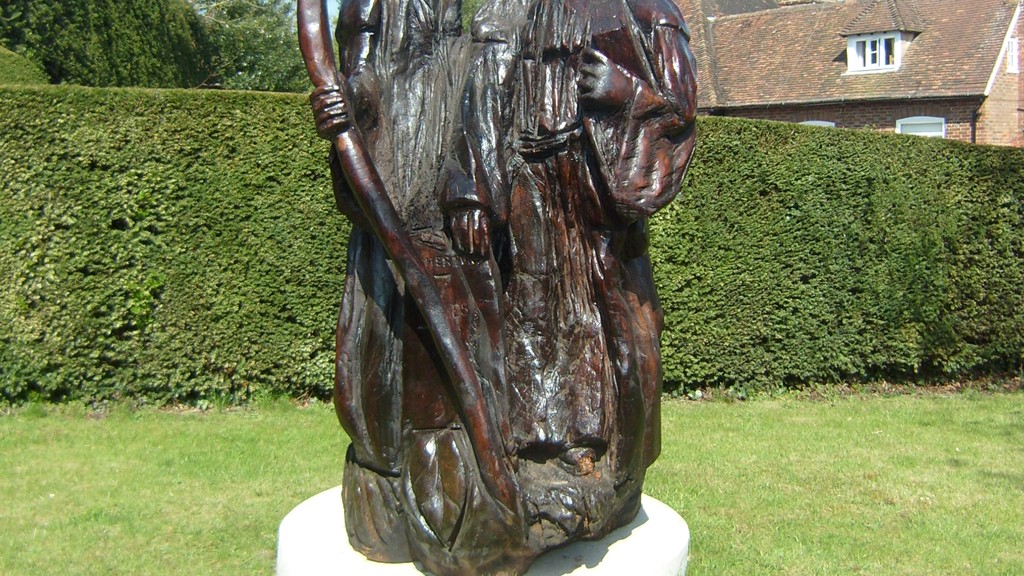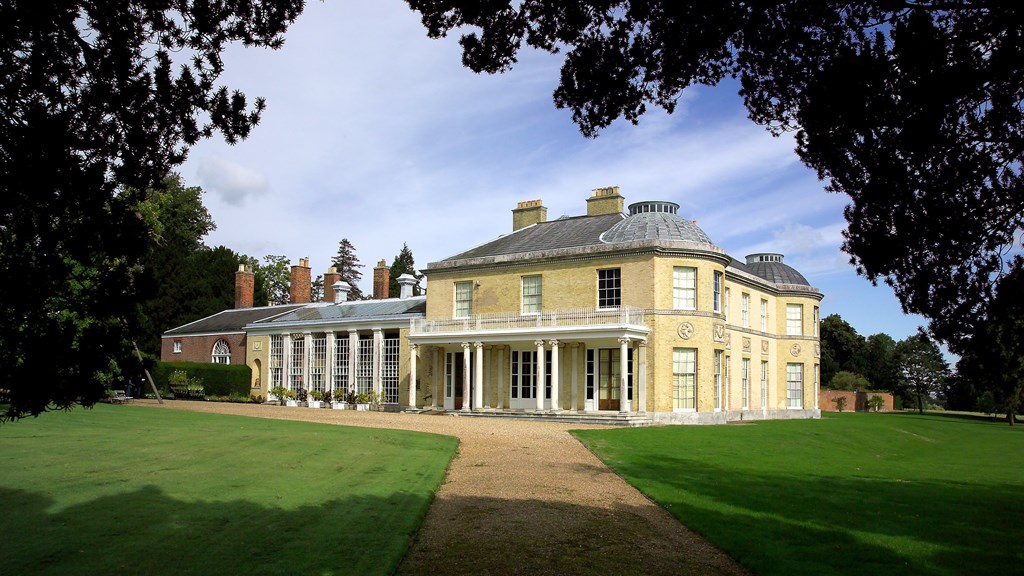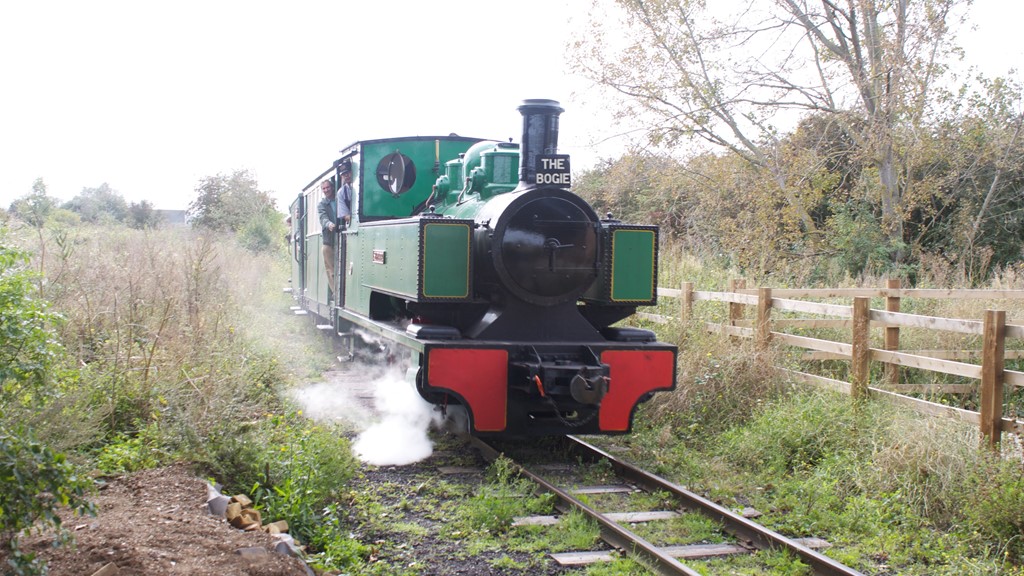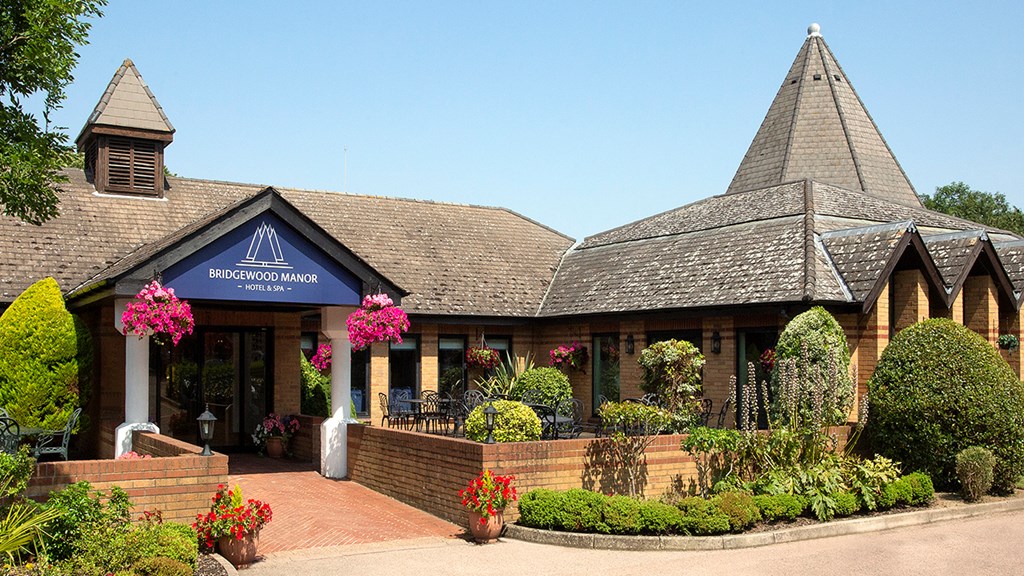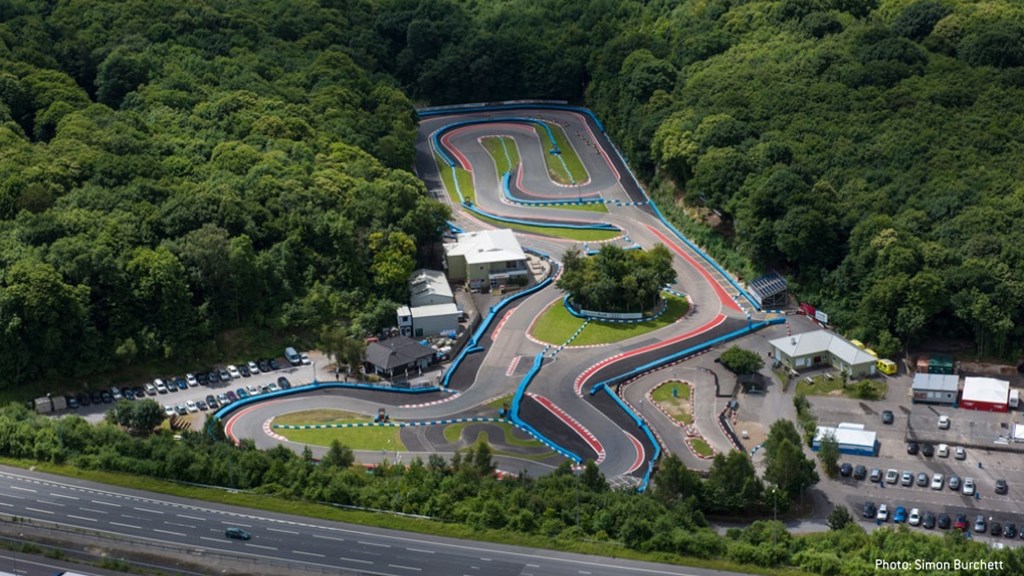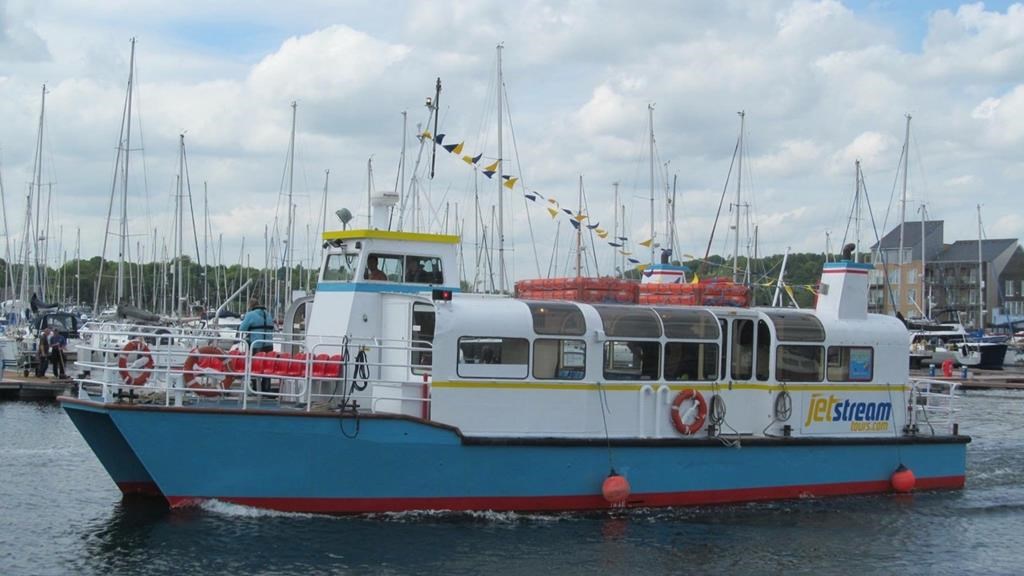


Use the filters above to filter your search results by attractions, accommodation, events, or our inspirational content.
You searched for 'Kent Castles'. We found 1680 results which are listed below, if there's too many try using the filters to narrow your search above.
Quex Park is an historic country estate of over 1,800 acres, with farmers market, activity centre, regular events, and more
Contemporary interiors, comfortable spacious bedrooms, home cooked food and friendly, efficient service ensure a warm welcome for all.
Discover the delights of Ashford and Tenterden with a professional Blue Badge Tourist Guide
Take a family journey on the town’s steam railway, the last link to its paper-making heritage.
For a hotel that goes beyond expectations, look no further than Bridgewood Manor Hotel & Spa. The hotel is well located for guests wishing to visit local attractions. Rochester Castle and Cathedral are just a short drive (3.7 miles), as are Chatham Historic Dockyard (5.5 miles), Leeds Castle (10.6 miles), Bluewater Shopping Centre (15.5 miles) and the Brands Hatch Race Circuit (17.5 miles). With 170 complimentary parking spaces and great links to the M2, M20 and M25 motorways, getting to and from the hotel is easy. For those not driving, Gatwick Airport is less than an hour away and Chatham train station is only 3 miles away.
Widest choice of karting experiences at an award-winning motorsport venue in Medway.
Relax on our passenger boat or for thrill seekers hold on tight to your seat aboard our jet boat.
